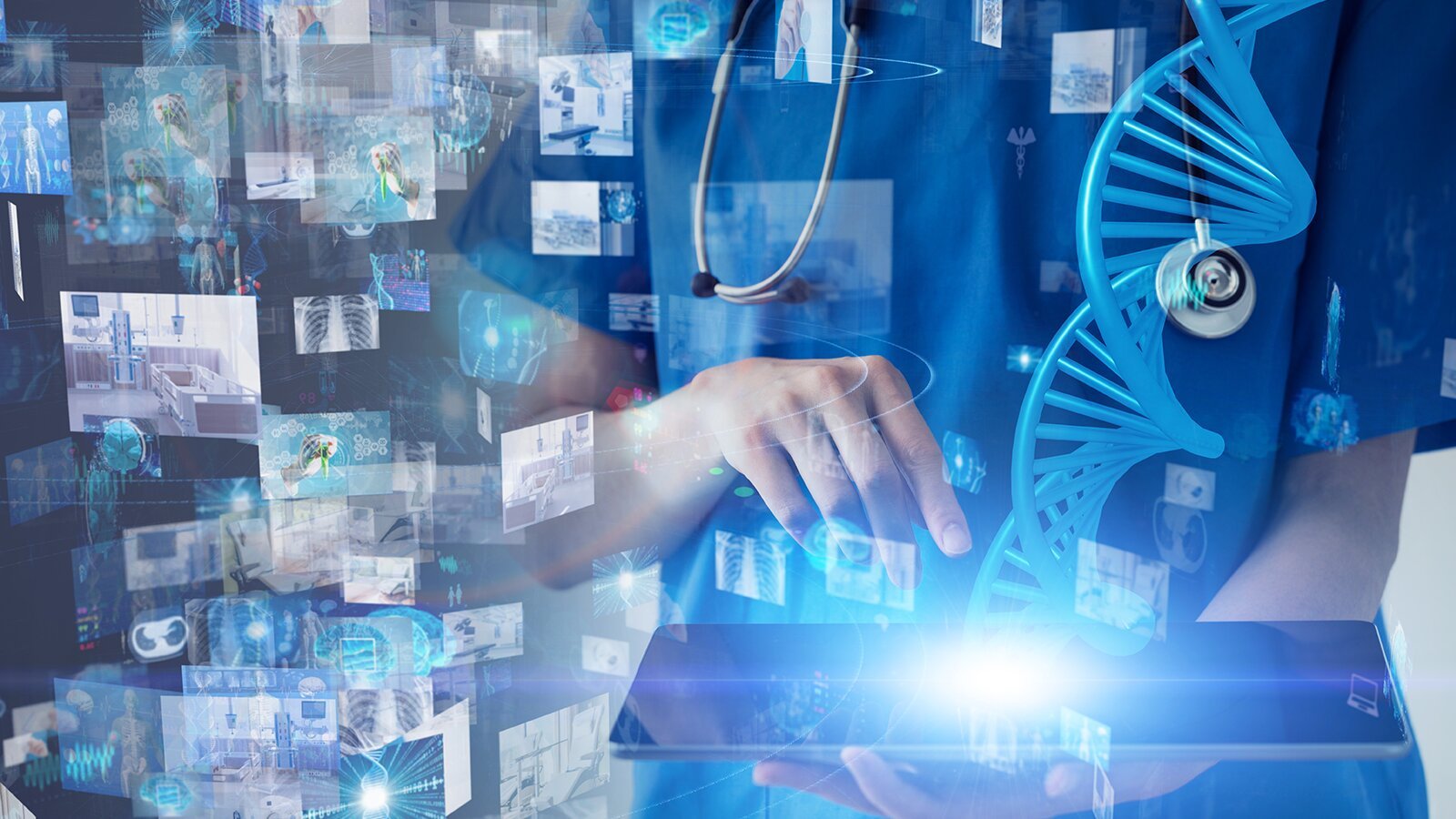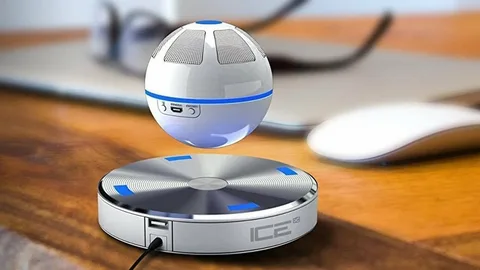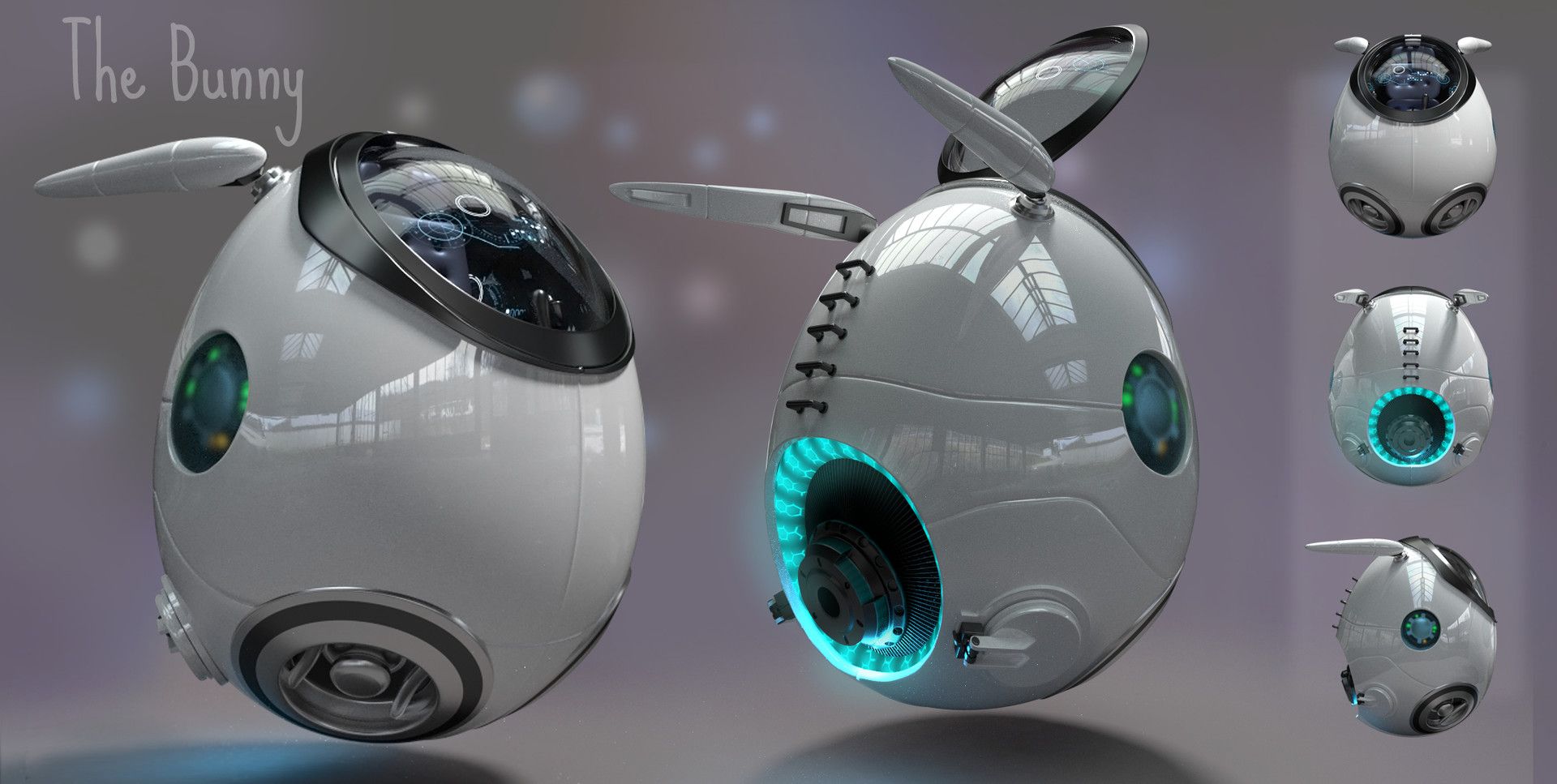The healthcare industry is undergoing a massive transformation, thanks to advances in HealthTech. From virtual consultations to AI-driven diagnostics, innovations in healthcare delivery are reshaping how patients receive care. What was once considered futuristic is now becoming the new norm, making healthcare more accessible, efficient, and personalized. Let’s explore how HealthTech is revolutionizing healthcare delivery and what that means for patients and providers alike.
Telemedicine: Healthcare Anytime, Anywhere
One of the most significant shifts in healthcare delivery has been the rise of telemedicine. Gone are the days of sitting in a waiting room—now, you can consult with your doctor from the comfort of your home. Telemedicine uses video calls, phone calls, and even text messaging to connect patients with healthcare providers.
This innovation has opened up healthcare access to those in remote areas, individuals with mobility challenges, and busy professionals who might struggle to find time for a traditional appointment. It also proved invaluable during the COVID-19 pandemic, allowing healthcare to continue while minimizing in-person contact.
- Pro Tip: Telemedicine is not just for routine check-ups. It’s also being used for mental health services, follow-up appointments, and even chronic disease management.
AI-Powered Diagnostics: Smarter and Faster
Artificial Intelligence (AI) is playing a critical role in healthcare delivery by improving diagnostic accuracy and speed. AI algorithms can analyze medical data—such as images, lab results, and patient records—to detect diseases earlier and with greater precision.
For example, AI systems can analyze X-rays or MRIs to identify conditions like cancer, often spotting issues that a human eye might miss. This not only leads to quicker diagnoses but also reduces the workload for healthcare professionals.
- Fun Fact: AI is also being used to predict patient outcomes and recommend personalized treatment plans, taking healthcare into the future.
Remote Patient Monitoring: Keeping Tabs on Health from Afar
With the advent of remote patient monitoring (RPM), healthcare delivery no longer requires constant trips to the doctor’s office. RPM involves the use of wearable devices and sensors that collect health data—such as blood pressure, heart rate, and glucose levels—and transmit it to healthcare providers in real-time.
This is particularly useful for patients with chronic conditions like diabetes, hypertension, or heart disease, allowing them to manage their health at home while staying connected to their care team.
- Bonus Tip: RPM not only improves patient outcomes by catching potential issues early, but it also reduces hospital readmissions and lowers healthcare costs.
Mobile Health Apps: Healthcare in Your Pocket
Mobile health apps have put healthcare at our fingertips. From tracking your fitness and diet to managing medications and accessing virtual care, these apps offer a range of services that make healthcare more convenient and personalized.
For example, some apps allow you to schedule appointments, get prescription refills, or even have a virtual consultation—all from your smartphone. Others provide educational resources, helping you stay informed about your health.
- Quick Idea: Some health apps now integrate with wearable devices, providing a comprehensive view of your health data in one place.
Personalized Medicine: Tailoring Care to You
Thanks to advances in genomics and HealthTech, personalized medicine is becoming a reality. This approach tailors healthcare to the individual, taking into account their unique genetic makeup, lifestyle, and environment.
Personalized medicine is particularly impactful in fields like oncology, where treatments can be customized based on the genetic profile of a patient’s tumor. This not only improves the effectiveness of treatment but also reduces side effects.
- Remember: Personalized medicine is all about providing the right treatment to the right patient at the right time, making healthcare more precise and effective.
Robotics in Healthcare: Enhancing Precision and Care
Robotic technology is making waves in healthcare, particularly in surgery and rehabilitation. Robotic-assisted surgery allows for minimally invasive procedures with greater precision, leading to faster recovery times and fewer complications.
In addition to surgery, robots are also being used for tasks like dispensing medication in hospitals, assisting in physical therapy, and even providing companionship to elderly patients.
- Fun Twist: Some hospitals are using robots to deliver supplies, freeing up staff to focus on patient care. It’s like having a robotic assistant in the hospital!
Electronic Health Records (EHRs): Streamlining Care
Electronic Health Records (EHRs) have revolutionized how patient information is stored and accessed. Gone are the days of paper charts and fragmented records—EHRs provide a centralized, digital platform where healthcare providers can access a patient’s entire medical history.
This streamlines care, reduces the risk of errors, and improves communication between different providers. Patients also benefit from easier access to their health information, empowering them to take a more active role in their care.
- Pro Tip: EHRs are increasingly integrating with other HealthTech innovations, such as AI and RPM, creating a more connected and efficient healthcare system.
Virtual Reality (VR) and Augmented Reality (AR): Training and Treatment
Virtual Reality (VR) and Augmented Reality (AR) are not just for gaming—they’re also transforming healthcare delivery. VR is being used for medical training, allowing students and professionals to practice procedures in a simulated environment.
In treatment, VR is being used for pain management, mental health therapy, and even rehabilitation. For example, VR can distract patients from pain during procedures or help those with PTSD confront and manage their trauma in a controlled setting.
- Cool Fact: AR is also being used in surgeries, providing surgeons with a visual overlay of critical information during procedures.
Final Thoughts: A New Era of Healthcare Delivery
HealthTech innovations are ushering in a new era of healthcare delivery—one that is more accessible, efficient, and personalized. From telemedicine and AI-driven diagnostics to wearable devices and personalized medicine, these technologies are reshaping how we receive and provide care.
As we continue to embrace these innovations, one thing is clear: The future of healthcare is not just about treating illness—it’s about enhancing well-being and empowering individuals to take control of their health. And with HealthTech leading the way, that future is brighter than ever.



